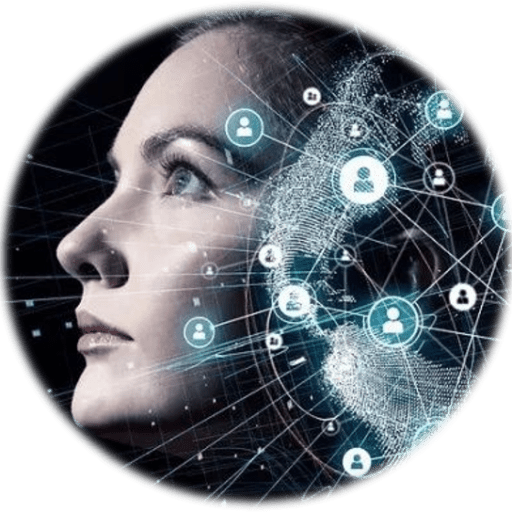Probably most people still think that Artificial Intelligence is just Information Technology (IT) under a different name. That may be one explanation why potential benefits and threats of AI are so misunderstood. At its very basic level, IT and AI are similar in that they may be guided by goals and they use computers to compute the most effective way of achieving their goals. But that’s where similarities end.
The biggest difference between IT and AI is that AI has, among others, the capability to self-learn and continuously improve (on its own), its performance. AI also has to some degree, the ability to perceive and judge a given situation or tasks, similarly, as humans do. So, AI’s actions and judgment are more and more ‘human-like’ rather than ‘artificial’ as AI matures in its capabilities, by analysing and interpreting situations in the way that is similar to humans. IT, on the other hand, uses very specific rules to achieve an assigned goal.
AI has been applied in earnest for at least 30 years under various other names such as Expert Systems and later on Neural Networks. Its key features are super performance and imitation of human cognitive abilities like problem solving and learning, or speech recognition. It can beat best human capabilities but usually in one discipline only. Therefore, it is termed as a “narrow AI”.
AI researchers are unanimous in their view that humans possess the unique abilities of general intelligence. General intelligence is the ability to reason logically about complex problems, understand and manipulate the information provided to it by its environment, and adapt to its surroundings. AI has made some steps in that direction. For example, in 2011, the IBM Watson computer system competed in Jeopardy game, against former winners Brad Rutter and Ken Jennings. Watson won the game and the prize of $1 million. Then in March 2016 Google’s AlphaGo computer using self-learning (machine learning) program, beat the 18-time world champion Lee Sedol. The success of self-learning has sparked a real revolution in AI.
Progressively, a narrow AI will advance its capabilities until it becomes Artificial General Intelligence (AGI). AGI computer programs are aimed at carrying out the tasks, which are normally accomplished by a single human. Gradually, AGI will become capable of doing the same things that humans do, but faster and better. Ultimately, they will be capable of assuming human characteristics, like kindness, emotion and abstract thinking.
Superintelligence is generally understood as a synonym of AGI, and I have used that term, best popularized by Nick Bostrom in his book ‘Superintelligence’, rather than AGI. However, for me Superintelligence has a slightly different, nuanced view in terms of scale. Most AI specialists consider AGI as an ‘agent’ superior to any humans, or even the whole Humanity, in every aspect of intelligence, judgement or action, assuming that they may be millions or even billions robot-like agents. Such robot-like agents with at least human-level intelligence are necessary for a true Superintelligence if it wants to change the environment rather that remain a super-thinking action-less entity. But for me, it is yet something more. I interpret Superintelligence, as a single entity, with the same superior powers, mentioned earlier but being not just a robot or a human-like agent, but an invisible being, an invisible network running billions of algorithms, similar to billions of neurons in our brain. It is in fact an Artificial Mind. We can see the brain, but we cannot see the mind.
Most of the articles on the subject of Superintelligence, Transhumanism and Posthumanism on this website are based on Tony Czarnecki’s book – ‘Becoming a Butterfly‘.


Comments